Foraging on Islay
Our ancestors relied on their knowledge of foraging to bring food to the table. In recent times, the closest we get to this is a farmer’s market. On Islay there is plenty of flora available for those who love the idea of foraging . . .
Islay is a veritable haven for foraging. Which might explain why The Botanist creates gin there. The Botanist Gin, one of Islay’s claims to fame, is a hand-crafted artisan gin. It consists of 22 hand-foraged local herbs and flowers. These are then distilled in a still called Ugly Betty. The foraged herbs give the gin an earthy, warm flavour. There is a hint of juniper with refreshing citrus bursts. The same distillery also makes, Bruichladdich Whisky, which relies purely on Islay barley.
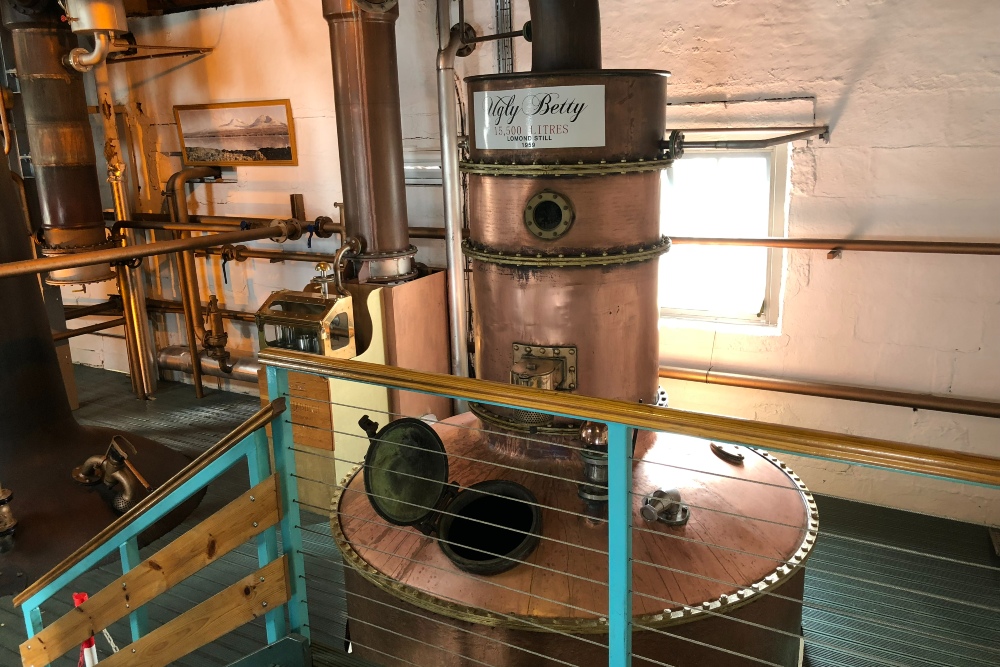
How to begin your foraging adventure
For those unfamiliar with the island’s flora, what foraging can you do? Well, the answer might surprise you! You may not be able to hunt down all 22 ingredients that The Botanist uses. But, you will certainly be able to find some exciting flora dotted around the beautiful island.
If you’re not sure where to begin, you can always time your visit to Islay to attend the Taste Islay and Jura festival. This is a foraging-focused festival that will teach you the dos and don’ts for your foraging adventures. Around the same time, there is also the Celebration of Seaweed at Islay’s Nature Centre in Port Charlotte.
We would always advise investing in a foraging handbook, to be sure that what you have found is edible. But, once armed with that, just give it a go. See if you can find some of Islay’s hidden gems. Here are some of the easiest ones to identify:
Pink Purslane
Pink Purslane is a mild diuretic. Historically, it has been used for cuts and sores, and occasionally even for dandruff! It can be eaten raw or cooked (cook it like spinach). It is great in dishes like salads and stir-fries.
To identify Pink Purslane, look for short, veiny, and round single-stalked leaves that form mats. They flower between April and July with pretty pale pink to white split-petalled flowers. They are most common in damp, shady wood edges, riverbanks, and hedgerows.
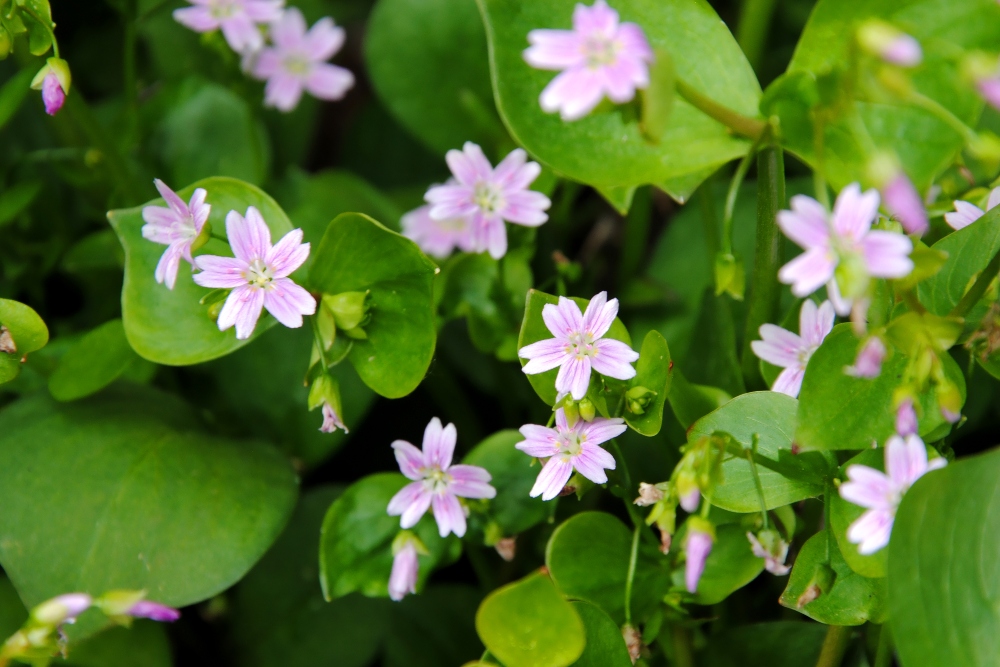
Sweet Cicely
Sweet Cicely is a herb that has been used for both medicinal and edible purposes over time. It is supposedly a tonic for asthma, but can also make a great addition to salads, soups, and omelets and cooks just like spinach.
To identify, look for soft, feathery leaves with small stem hairs that create a velvety feel. There may well be white spots on the leaves.
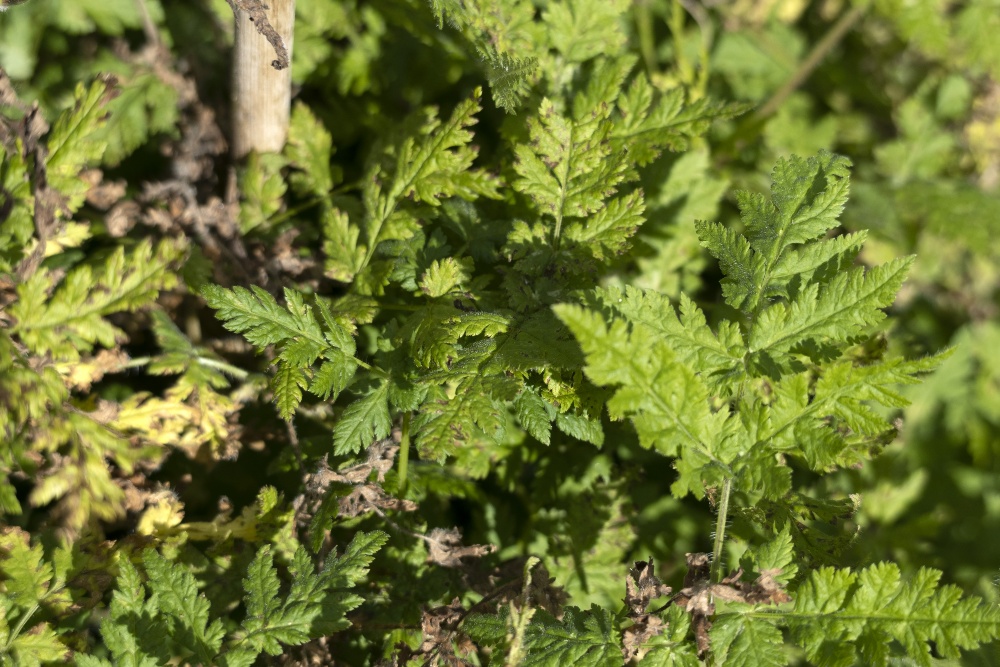
Burdock
Burdock can be used in a range of ways. We’re all familiar with dandelion and burdock drinks, for example, but it can also be used in much more interesting ways! Burdock root is a popular ingredient in Asian cuisine, and the leaves and stalks make for great additions to wild salads.
It will have very large, dark green leaves with purple flowers and a thistle-like bud that forms a ‘bur’, and the leaves will get lighter as they get closer to the floor.
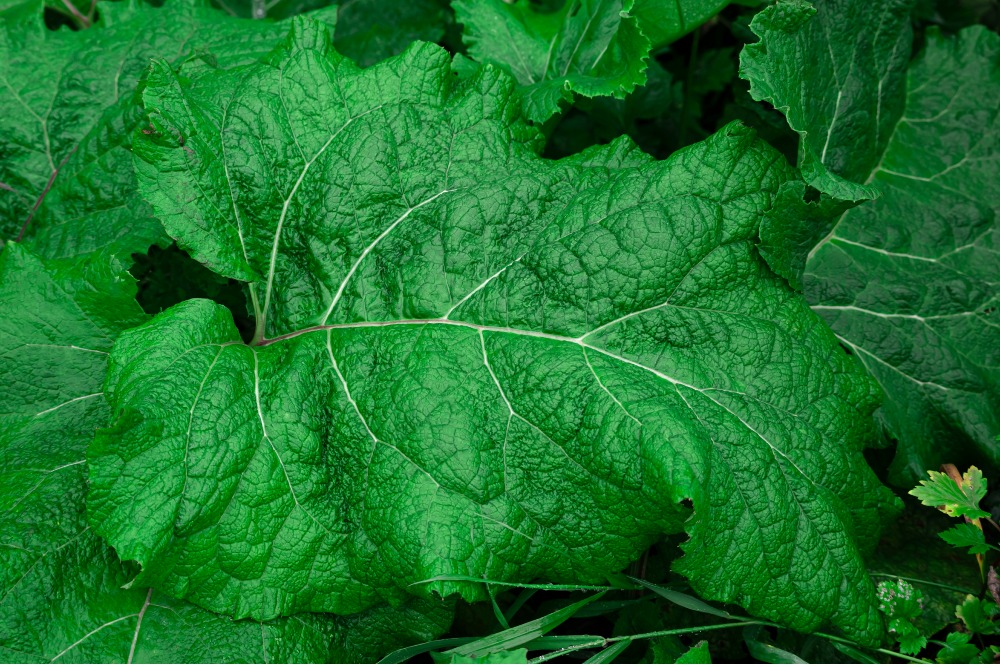
Wild Garlic
Just like shop-bought garlic, the wild version is delicious in pesto, aioli, soup, pasta, and even cheeses! The whole plant is edible. The leaves are delicious in salads and the bulb is just like the cloves of garlic bought from a shop.
You can spot wild garlic by looking for large flat leaves that will appear around January. The plant will begin to bloom around April and May. It has pretty star-shaped flowers. Damp conditions in forests and woods are perfect for wild garlic.
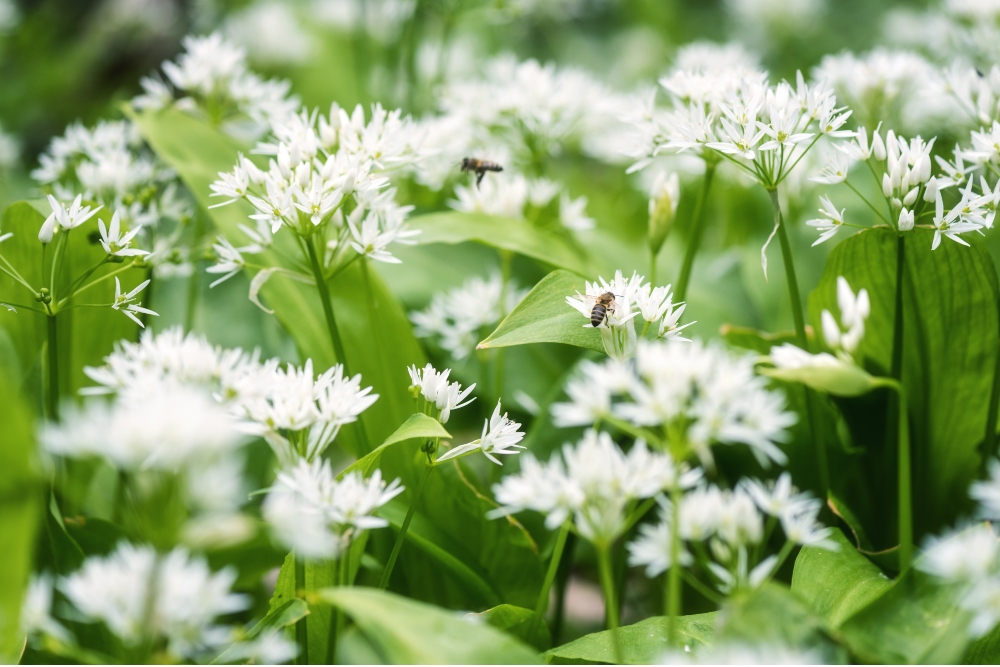
Sorrel
Sorrel is a bitter ingredient. It is better when combined with other complementary flavours rather than being the focus of a dish. It is great when mixed it with fish and egg. However, you can eat it raw in salads or cooked into soups and stuffings!
To spot sorrel, look for long, arrow-shaped leaves and spikes of red to yellow flowers that grow in a rosette pattern.
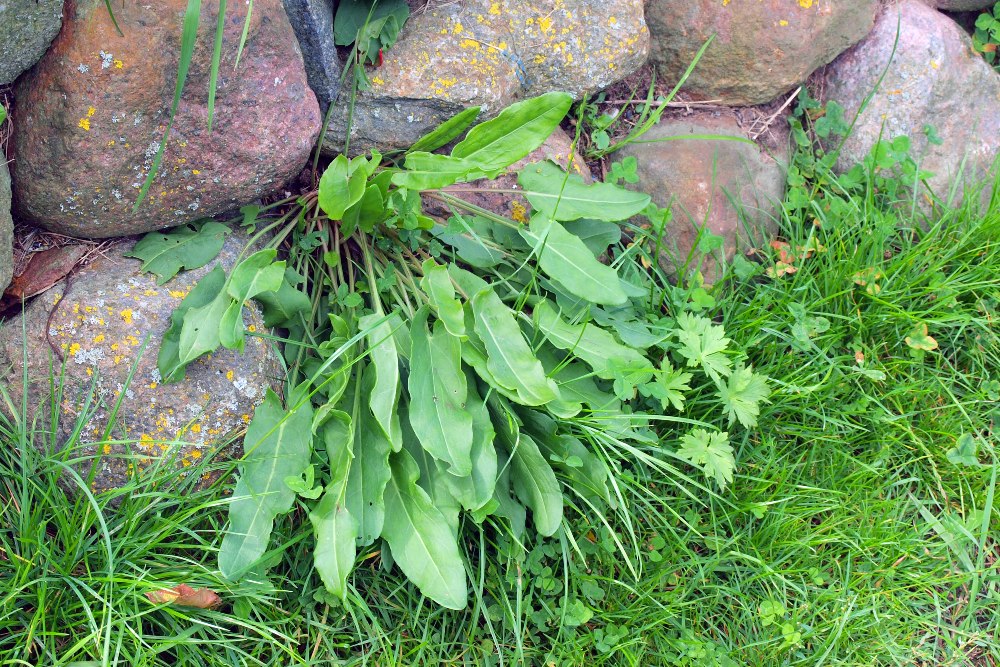
The ingredients we use at the Peatzeria for our delicious seafood pizzas have been ‘foraged’ locally. Why not give us a call to book a table after your day of exploring what Islay has to offer the budding forager?
You may also be interested in...

Peatzeria Reopening
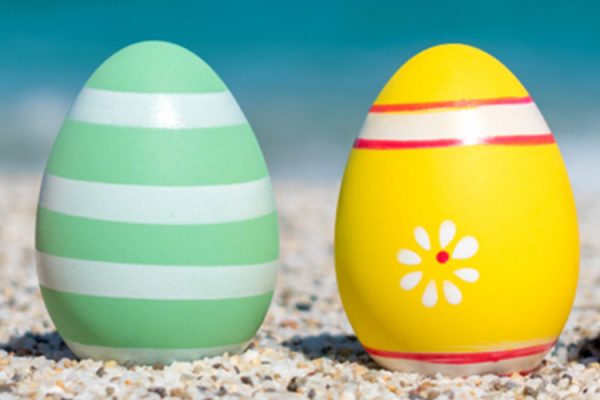
Things to do this Easter on Islay
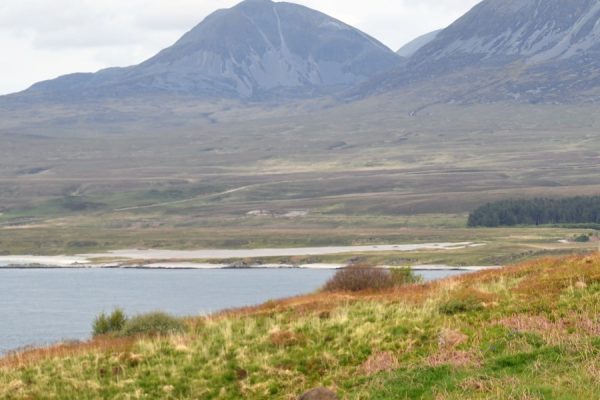
Visiting Islay in Winter





